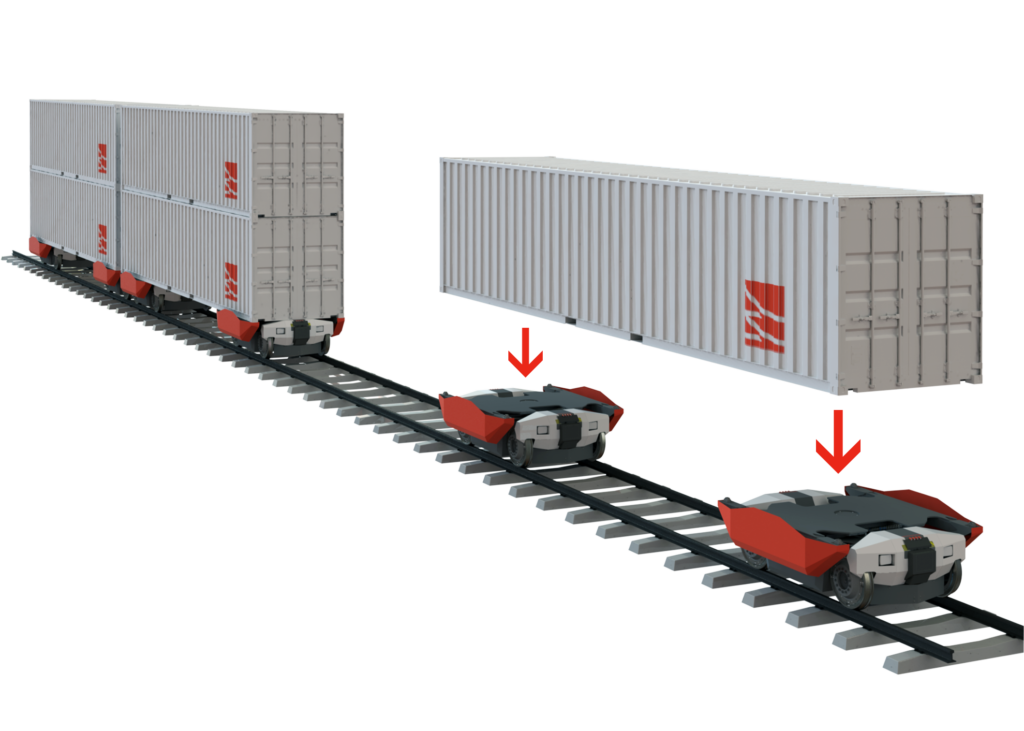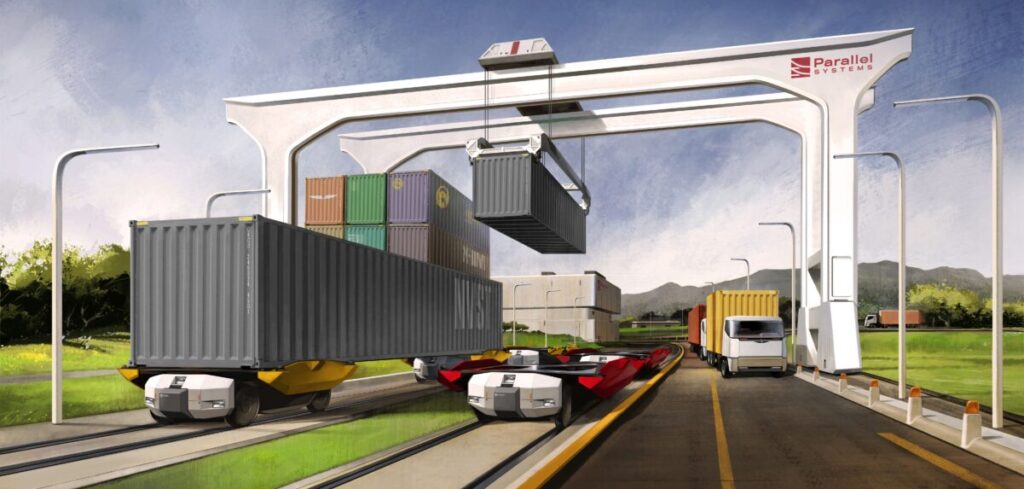Parallel Systems, a company founded by former SpaceX engineers to reimagine the US railroad system, has raised US$49.55m in Series A funds to build autonomous battery-electric rail vehicles that move freight. The company states that the funds will be used to construct a fleet of rail vehicles, execute advanced testing programs and grow its team.
“We founded Parallel to allow railroads to open new markets, increase infrastructure utilization and improve service to accelerate freight decarbonization,” said Matt Soule, co-founder and CEO, Parallel Systems.
“Our business model is to give railroads the tools to convert some of the US$700bn US trucking industry to rail. The Parallel system can also help alleviate the supply chain crisis by enabling low cost and regular movement of freight in and out of ports. Parallel’s competitive edge is our autonomous battery-electric rail vehicles, which are designed to move freight cleaner, faster, safer and more cost effectively than traditional trains or trucks.”
Parallel’s vehicle architecture combines software and hardware with the historic rail industry to increase the utilization of current railroads. The company’s autonomous battery-electric rail vehicles load and transport standard shipping containers as a single or double stacked load. The railcars, which are individually powered, can join together to form “platoons” or split off to multiple destinations while en-route. The railroad’s closed network is ideal for the safe and early commercialization of autonomous technology due to limited track access and centralized traffic control.
The rail vehicles are more flexible than traditional trains, Parallel says, as platoons do not need to accumulate large quantities of freight to make service economical, thus enabling more responsive service and a wider range of routes. This dramatically reduces the waiting times associated with loading trains that are miles long. The system can support service at a range of distances, from across a city to across the country. The company also states that its architecture will also bypass congested switching yards, which are historically used to manually sort and reassemble freight onto secondary trains—saving hours, or even days, of transit time. The near continuous flow of containers through terminals results in greater asset utilization, faster delivery times, and higher quality of service.
Rail safety should also be improved thanks to the ability to rapidly detect hazards, such as a vehicle on the track. The railcars, which leverage a camera-based perception system and redundant braking, can stop safely and autonomously up to 10 times quicker than a train. This means the vehicles can perform an emergency stop within the line of sight that the sensors perceive an object. In addition, the platoons automatically maintain safe speeds based on the track conditions.
The USA has the world’s most expansive railroad system with over 140,000 miles of track; however, Parallel estimates that less than 3% of that network is occupied by active trains at any given moment. To make freight deliveries economical, railroads typically focus on moving shipping containers distances more than 500 miles. Parallel says it has identified an opportunity to bring more business to rail by improving the unit economics over shorter distances. Introducing a more flexible system will alleviate pressure on highway infrastructure and the US trucking industry as it faces overwhelming demand and a shortage of 80,000 drivers.
The company is also developing software that allows its vehicles and platoons to safely integrate with existing rail operations so all freight trains and transit interoperate. The fully automated connected system leverages machine learning to optimize vehicle routing, traffic scheduling and energy consumption. The result will provide customers with hassle-free, best-in-class service and freight tracking.



